Global Harmonized System (GHS) Labels
The Globally Harmonized System (GHS) has standardized and assigned symbols/pictograms, signal words and hazard statements to specific hazard categories and classes. This approach makes it easier for countries and companies to comply with GHS regulations. Other label elements are harmonized with common definitions and/or principles:
- Symbols/Pictograms: GHS requires use of nine pictograms to convey health, physical and environmental hazards. MNOSHA Hazard Communication Standard (HCS) requires eight of these pictograms, the exception being the environmental pictogram, as environmental hazards are not within OSHA’s jurisdiction.
- Signal Words: a single word used on the label to indicate the relative level of severity of the hazard and alert the reader to a potential hazard. The signal words used are:
- “Danger” for the more severe hazards
- “Warning” for the less severe hazards
- Hazard Statement: a statement assigned to a hazard class and category that describes the nature of the hazard(s) of a chemical, including where appropriate, the degree of hazard (the lower the category number, the greater the hazard).
- Product Identifier (Ingredient Disclosure): a product identifier is the chemical name or number and should match the product identifier used on the Safety Data Sheet (SDS).
- Precautionary Statement: a phrase that describes recommended measures to be taken to minimize or prevent adverse effects resulting from exposure to a hazardous chemical, or the improper storage or handling of a hazardous chemical.
- Supplemental Information: supplemental label information on the container of a hazardous product that is not required or specified under GHS.
GHS Symbols
These nine symbols convey health, physical and environmental hazards.
Health Hazard
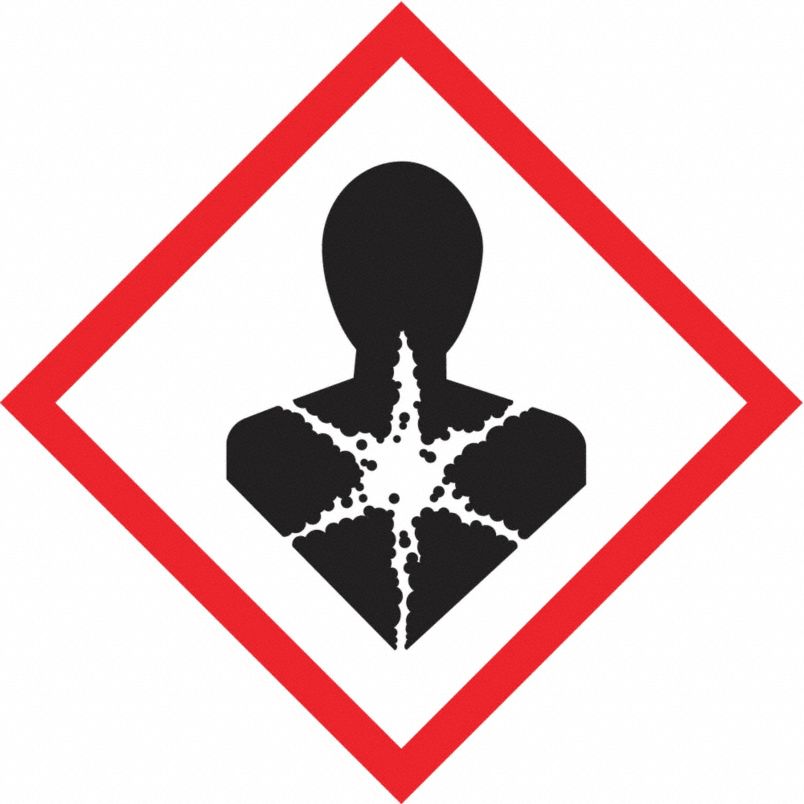 Carcinogen, Mutagenicity, Reproductive Toxicity, Respiratory Sensitizer, Target Organ Toxicity, Aspiration Toxicity
Carcinogen, Mutagenicity, Reproductive Toxicity, Respiratory Sensitizer, Target Organ Toxicity, Aspiration Toxicity
Flame
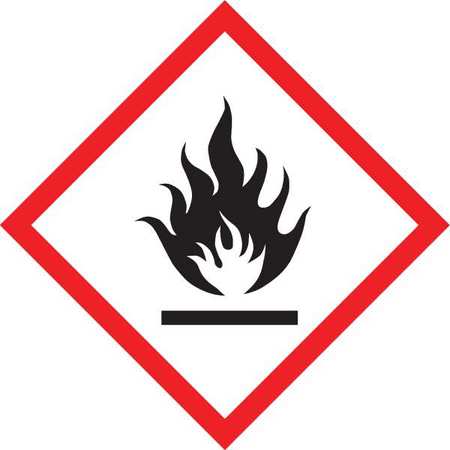 Flammables, Pyrophorics, Self-Heating, Emits Flammable Gas, Self-Reactives, Organic Peroxides
Flammables, Pyrophorics, Self-Heating, Emits Flammable Gas, Self-Reactives, Organic Peroxides
Exclamation Mark
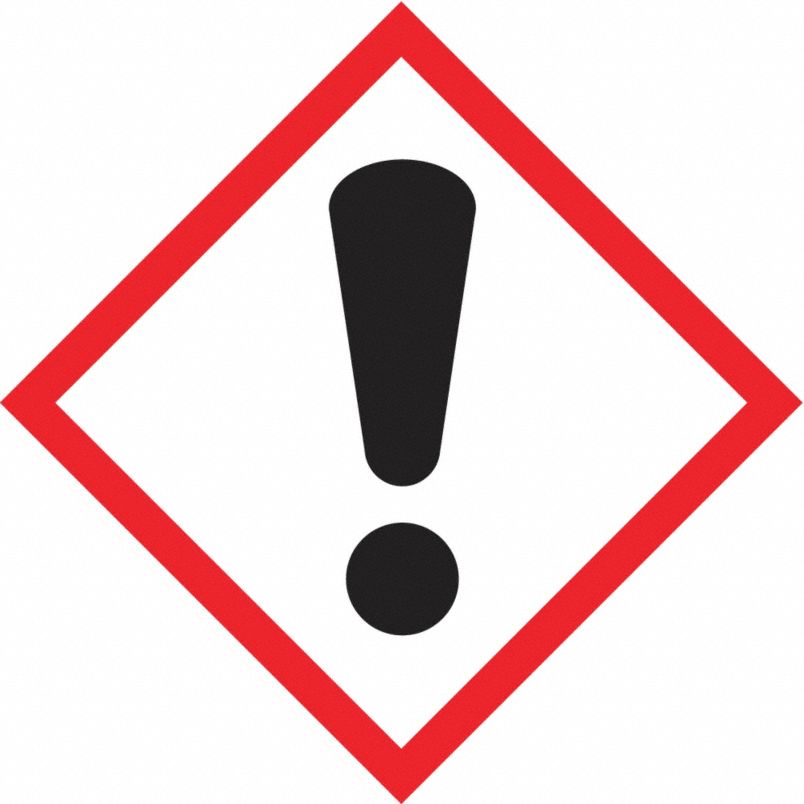 Irritant (skin and eye), Skin Sensitizer, Acute Toxicity, Narcotic Effects, Respiratory Tract Irritant, Hazardous to Ozone Layer (Non-Mandatory)
Irritant (skin and eye), Skin Sensitizer, Acute Toxicity, Narcotic Effects, Respiratory Tract Irritant, Hazardous to Ozone Layer (Non-Mandatory)
Gas Cylinder
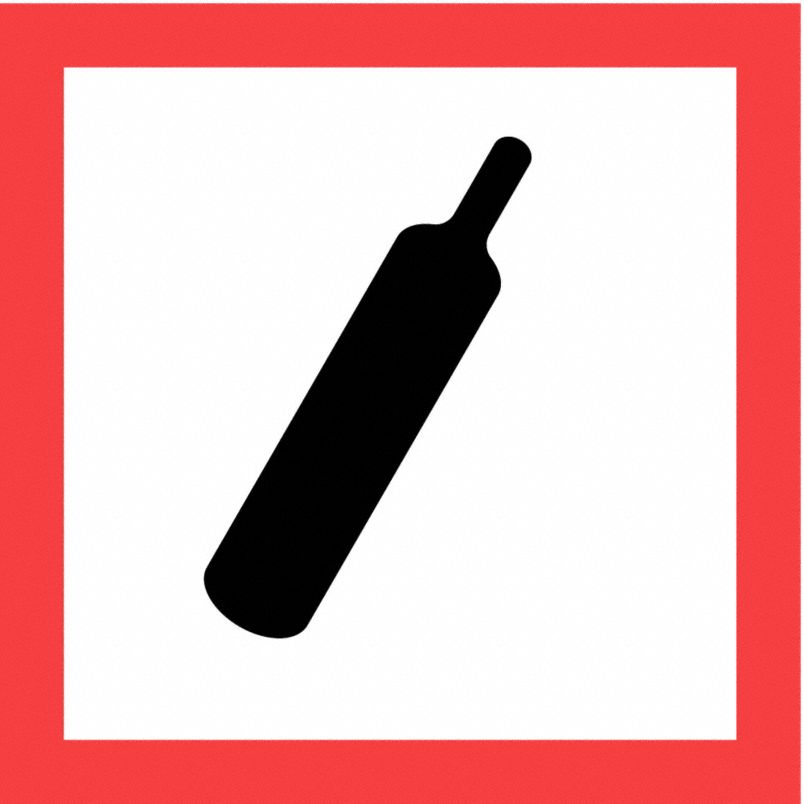 Gases Under Pressure
Gases Under Pressure
Corrosion
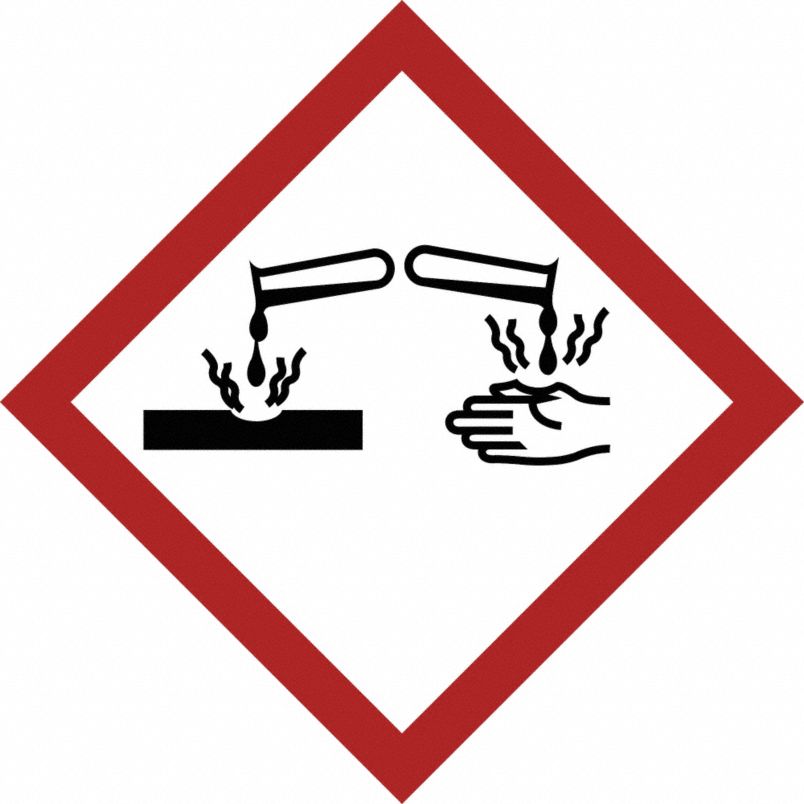 Skin Corrosion/Burns, Eye Damage, Corrosive to Metals
Skin Corrosion/Burns, Eye Damage, Corrosive to Metals
Exploding Bomb
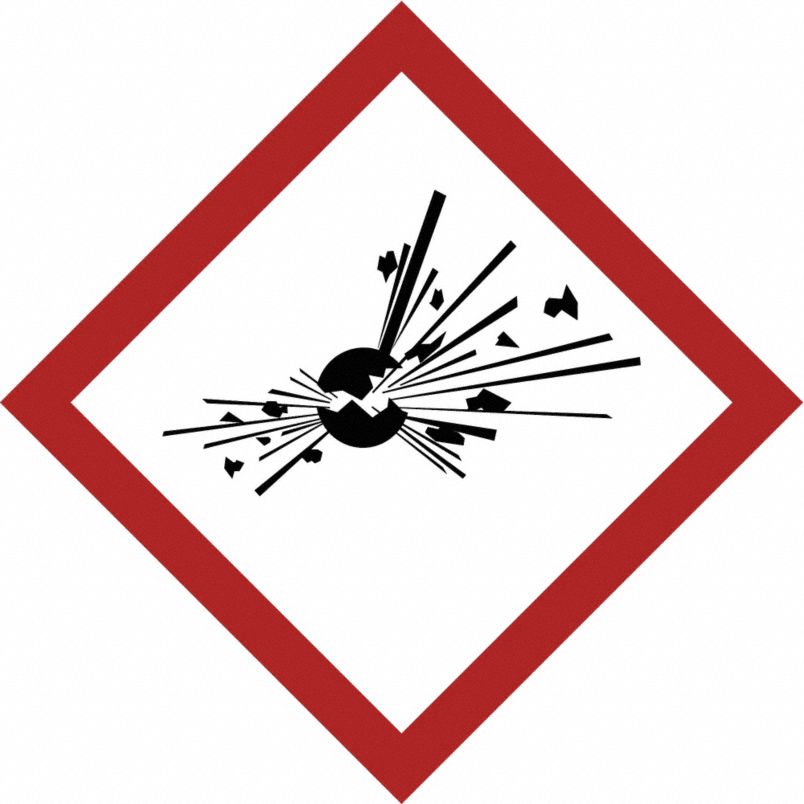 Explosives, Self-Reactives, Organic Peroxides
Explosives, Self-Reactives, Organic Peroxides
Flame Over Circle
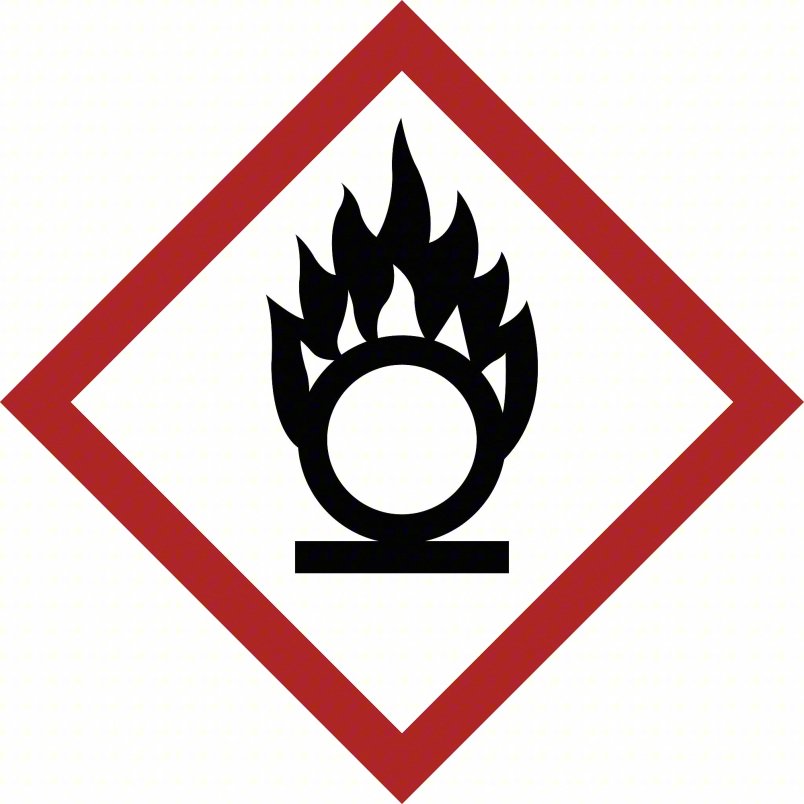 Oxidizers
Oxidizers
Environment-Not Mandatory
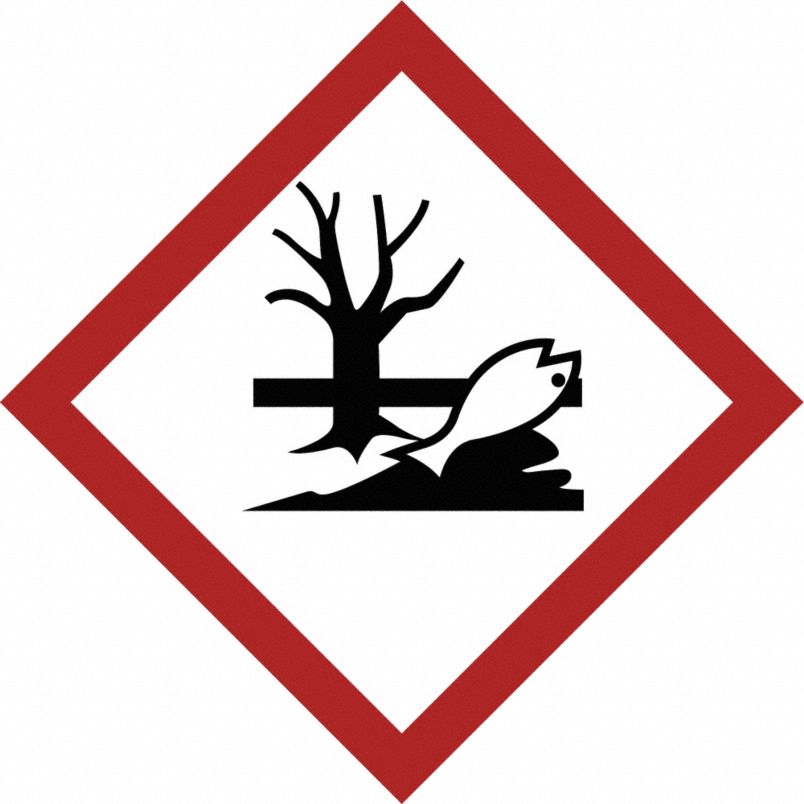 Aquatic Toxicity
Aquatic Toxicity
Skull and Crossbones
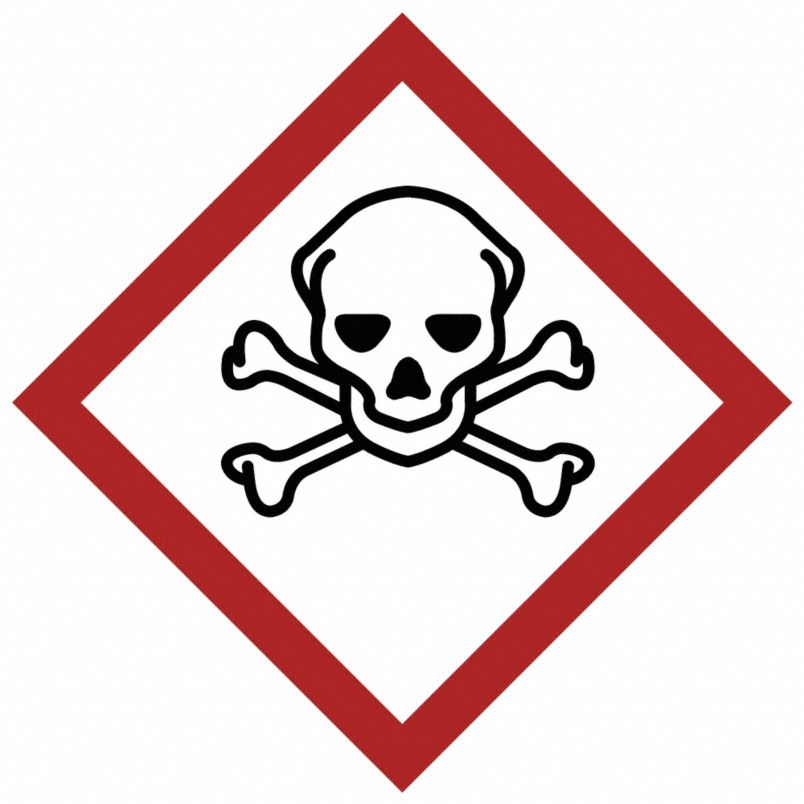 Acute Toxicity (fatal or toxic)
Acute Toxicity (fatal or toxic)
